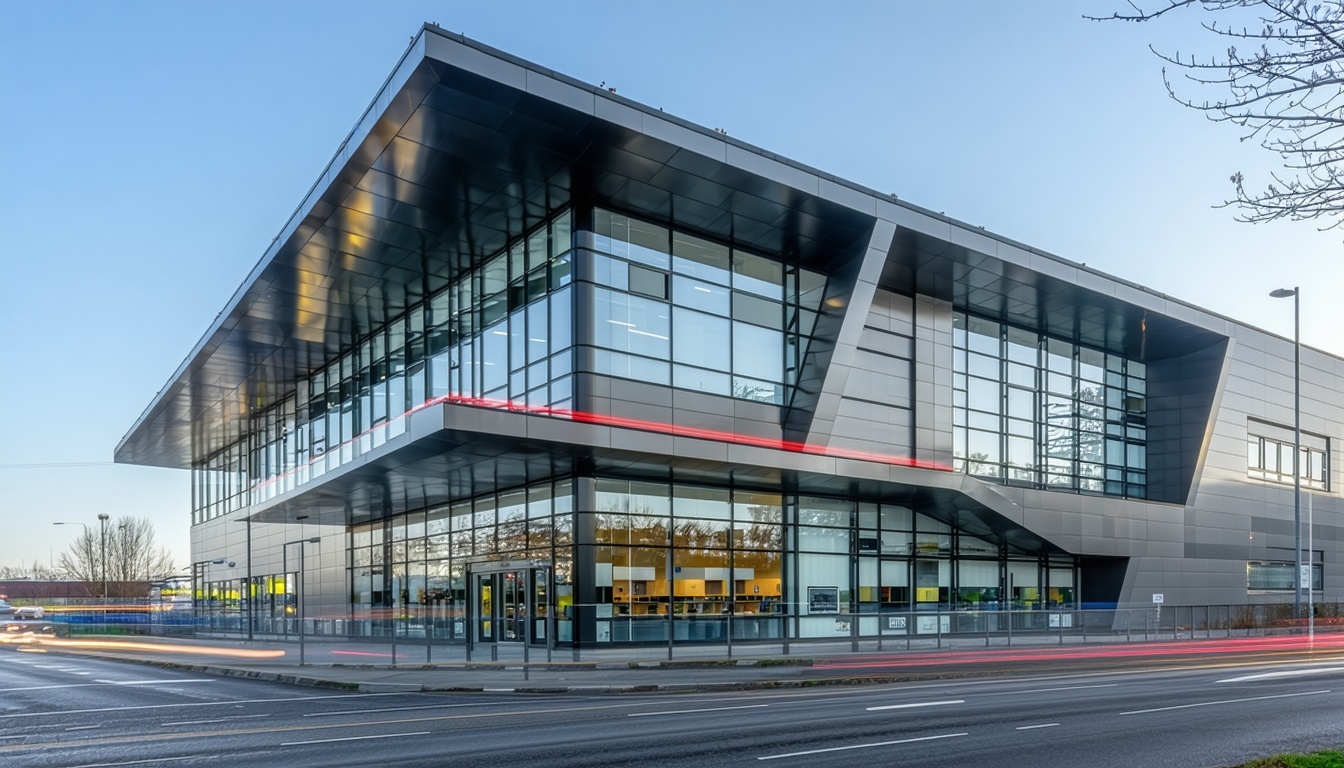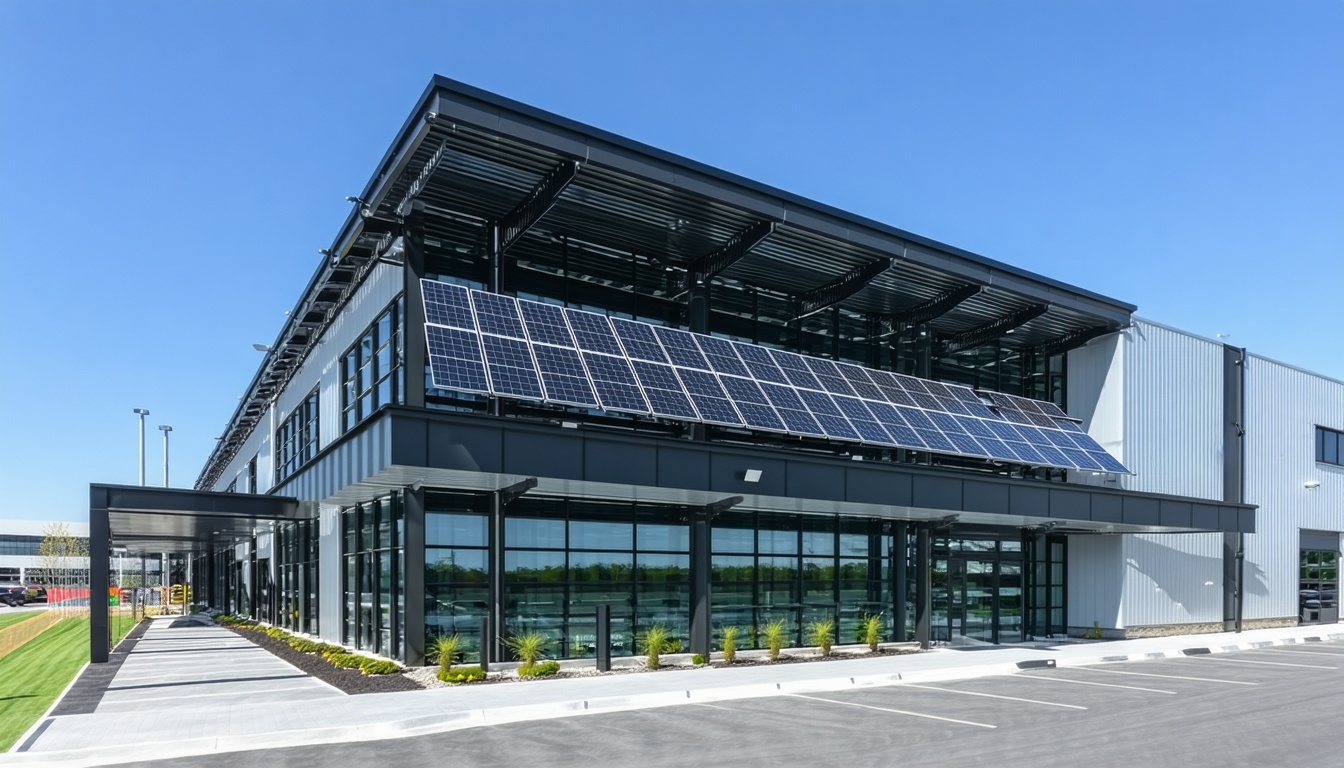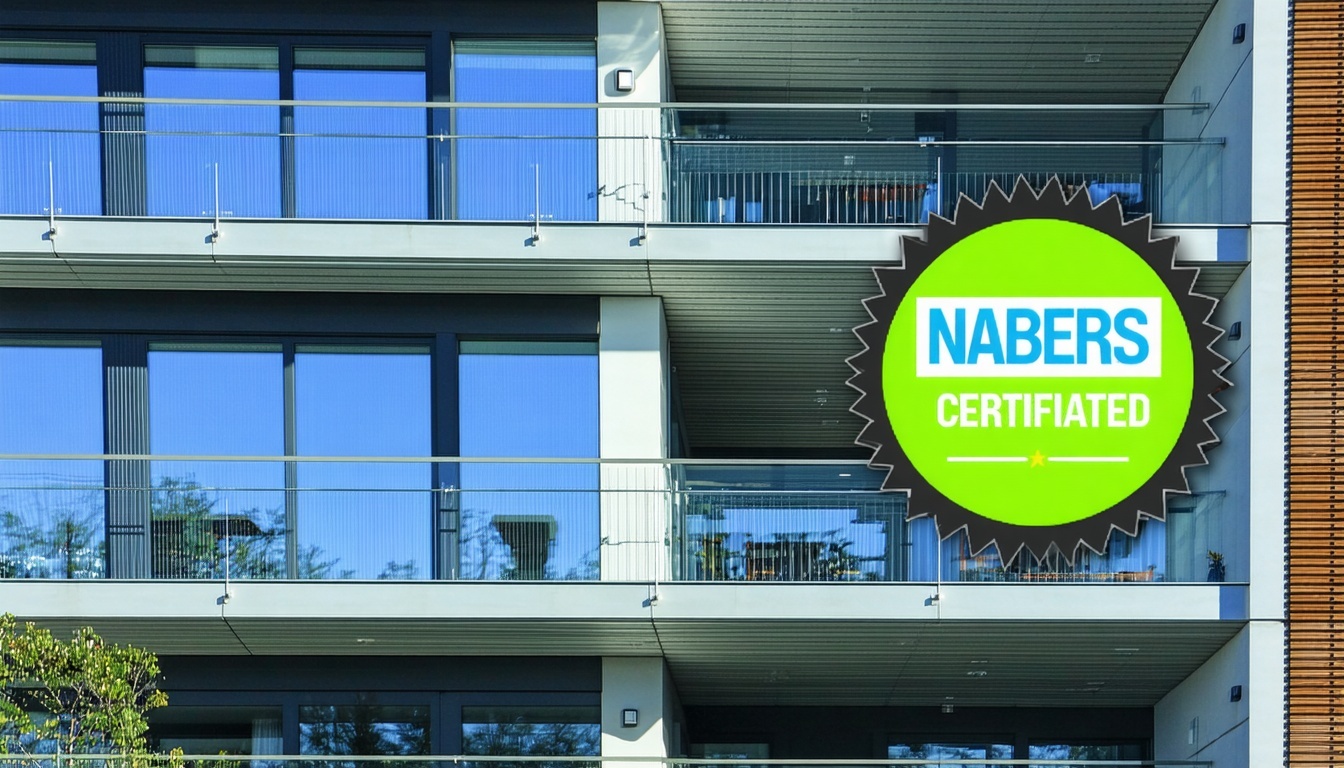Unlock the potential of your commercial construction projects with JV3 energy assessments as a streamlined compliance pathway under the National Construction Code (NCC).
Understanding JV3 Energy Assessments
A JV3 energy assessment is a performance-based alternative to the Deemed-to-Satisfy (DtS) provisions under Section J of the National Construction Code (NCC) for non-residential buildings in Australia. Unlike DtS, which prescribes specific construction methods and materials to achieve compliance, JV3 offers greater flexibility by allowing design teams to meet energy efficiency requirements through performance outcomes rather than prescriptive measures.
This method involves dynamic simulation modelling to demonstrate that the proposed building performs as well or better than a reference building that complies fully with DtS requirements. JV3 assessments are particularly beneficial for commercial developments with high glazing percentages, unconventional designs, or the use of innovative materials, where standard DtS provisions might be restrictive or impractical.
Advantages of JV3 for Commercial Developments
JV3 energy assessments provide several advantages for commercial developments. One of the most significant benefits is the flexibility it offers in design. Architects and engineers are not constrained by the rigid DtS provisions and can explore more creative and efficient design solutions. This is especially advantageous for buildings with high glazing percentages, unusual architectural features, or innovative construction materials that may not fit within the DtS framework.
Furthermore, JV3 can lead to potential cost savings on construction materials. By optimising the building’s design and performance, developers can reduce the reliance on costly materials required for DtS compliance. Additionally, JV3 assessments often result in better energy efficiency outcomes, which can translate to lower operational costs and a reduced environmental footprint for the building.
How JV3 Modelling Works
JV3 modelling uses advanced dynamic simulation software to evaluate the energy performance of a proposed building. The process begins with the creation of a detailed computer model of the proposed design, including all relevant architectural, mechanical, and electrical systems. This model is then used to simulate the building’s energy consumption under various operating conditions.
The proposed building’s performance is compared against a reference building that is compliant with the minimum DtS requirements. The reference building serves as a benchmark, and the proposed building must demonstrate equal or superior energy performance. The results of the simulation are documented in a comprehensive report, which is submitted as part of the compliance documentation for the building approval process.
Why Choose JV3 Over Deemed-to-Satisfy Provisions
Choosing JV3 over DtS provisions can offer numerous advantages for commercial building projects. One of the primary reasons is the flexibility in design that JV3 provides. Unlike the prescriptive nature of DtS, JV3 allows for innovative and non-standard design solutions to achieve compliance, enabling architects and engineers to optimise the building’s performance without being limited by rigid guidelines.
Additionally, JV3 can lead to significant cost savings. By allowing for more efficient design solutions, developers can potentially reduce construction costs associated with meeting DtS requirements. Moreover, the enhanced energy efficiency achieved through JV3 can result in lower operational costs, providing long-term financial benefits. Lastly, JV3 supports sustainability by encouraging the use of energy-efficient technologies and materials, contributing to the overall reduction of the building’s environmental impact.
Navigating the JV3 Process with Certified Energy
Certified Energy’s expert team is dedicated to helping clients navigate the JV3 process with ease and confidence. From the early stages of design consultation to thermal modelling, compliance reporting, and council approvals, our professionals provide comprehensive support to ensure your project meets all necessary energy efficiency standards.
We begin by working closely with your design team to understand the unique aspects of your project and identify opportunities for optimising energy performance. Using state-of-the-art simulation software, we model the proposed design and compare it to the reference building to demonstrate compliance. Our detailed reports provide clear and actionable insights, helping you make informed decisions and avoid costly rework later in the design process. Certified Energy stays up-to-date with the latest updates in the NCC, including the increased performance standards and alignment with NABERS targets introduced in NCC 2022, ensuring that your project remains compliant with current regulations.







